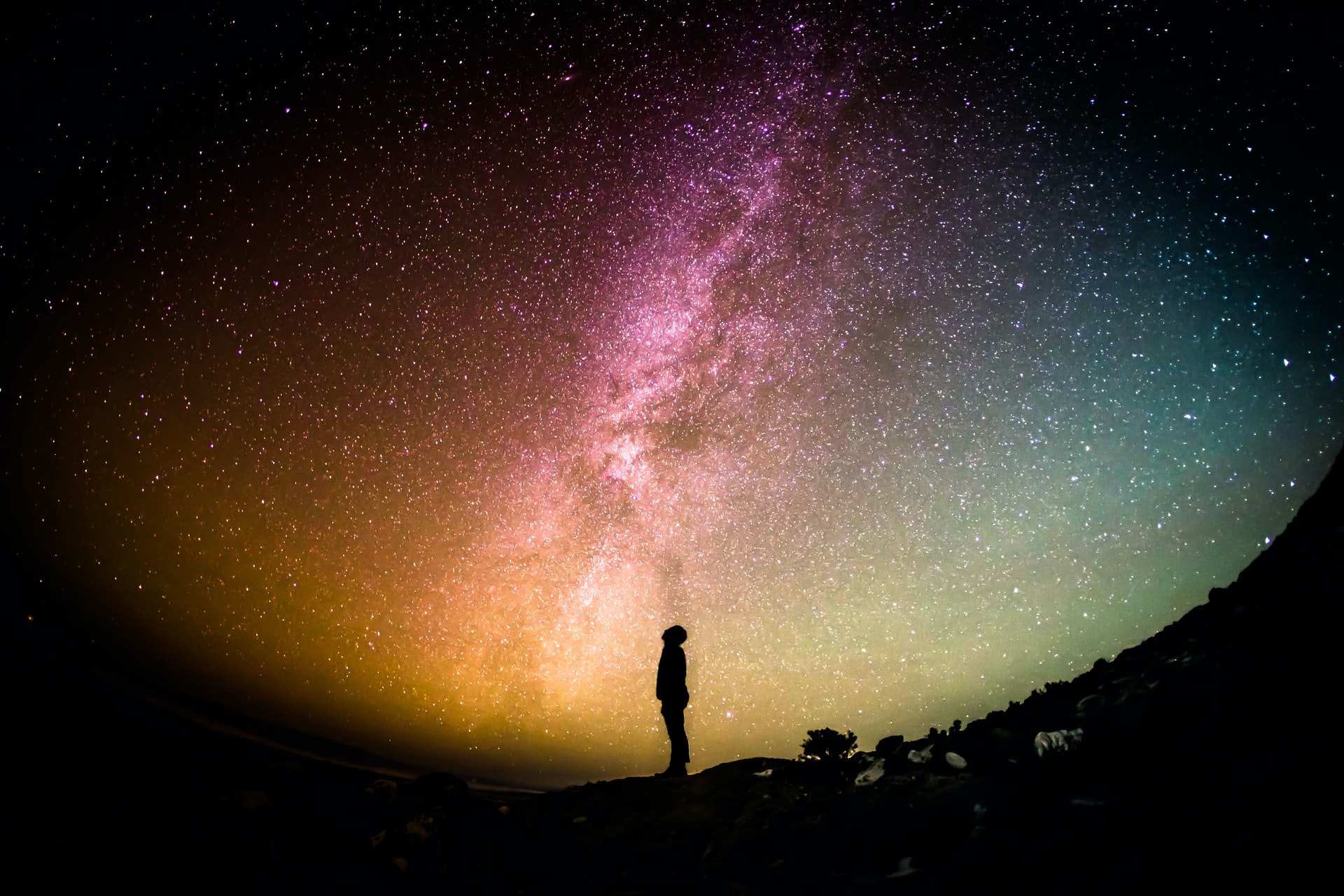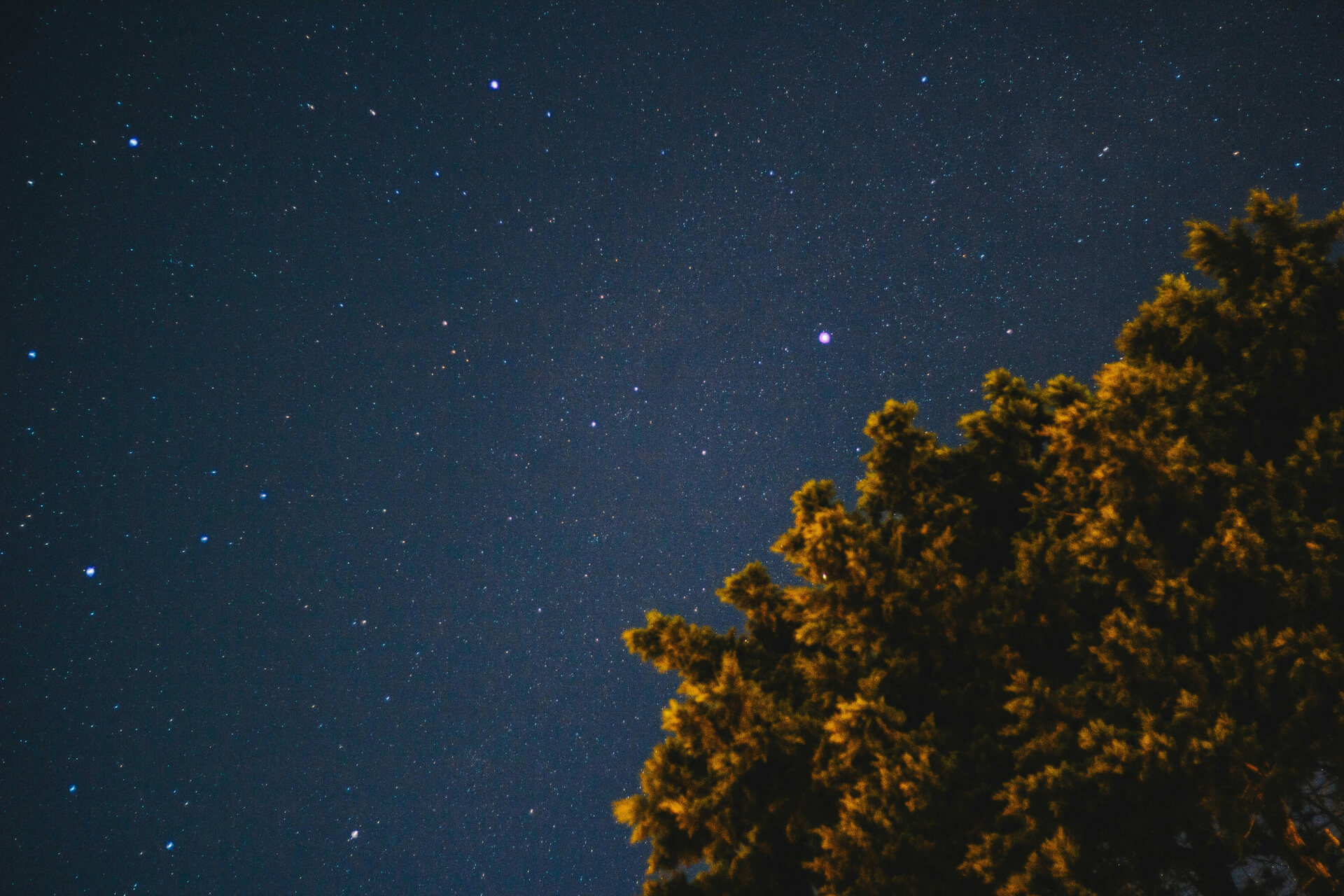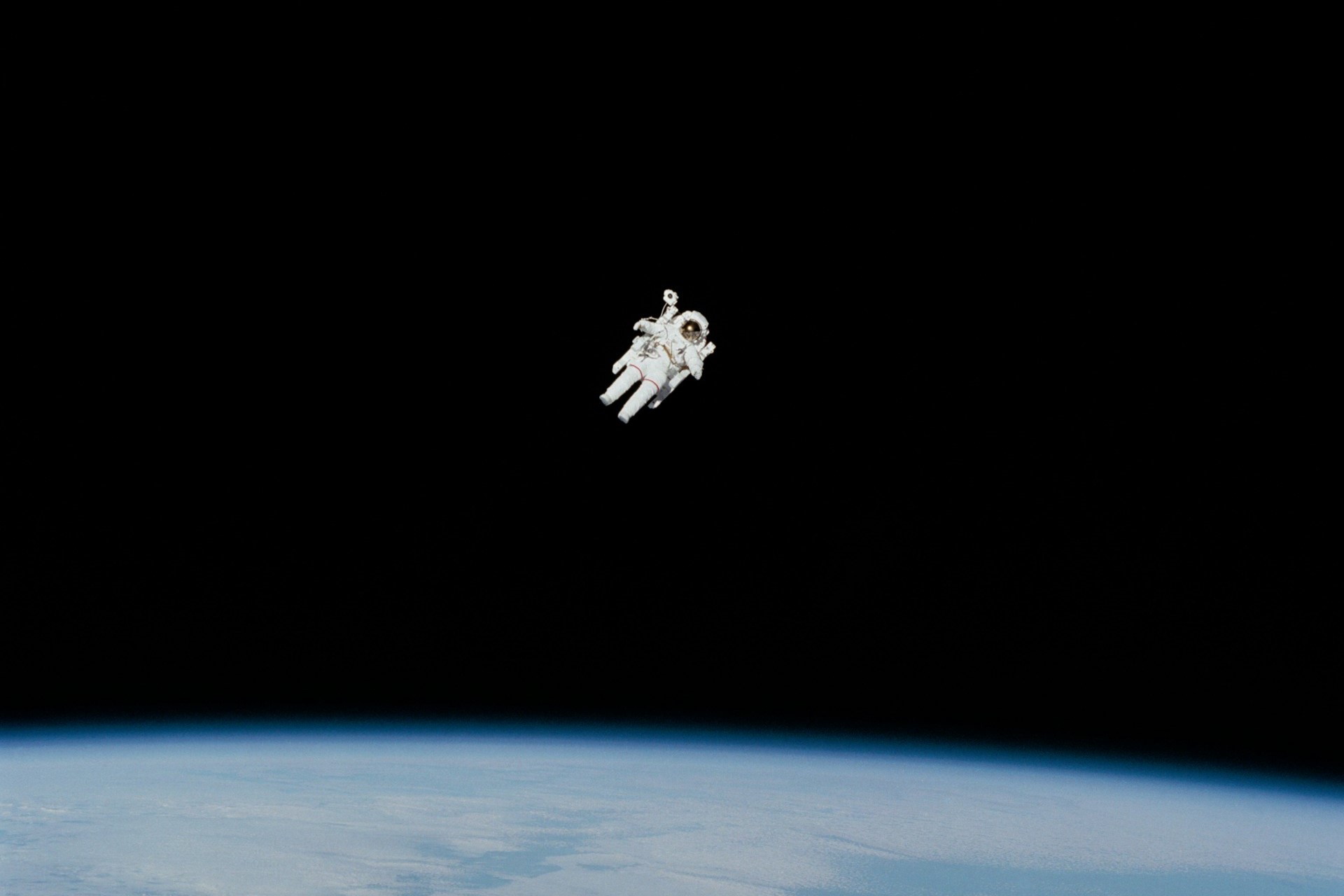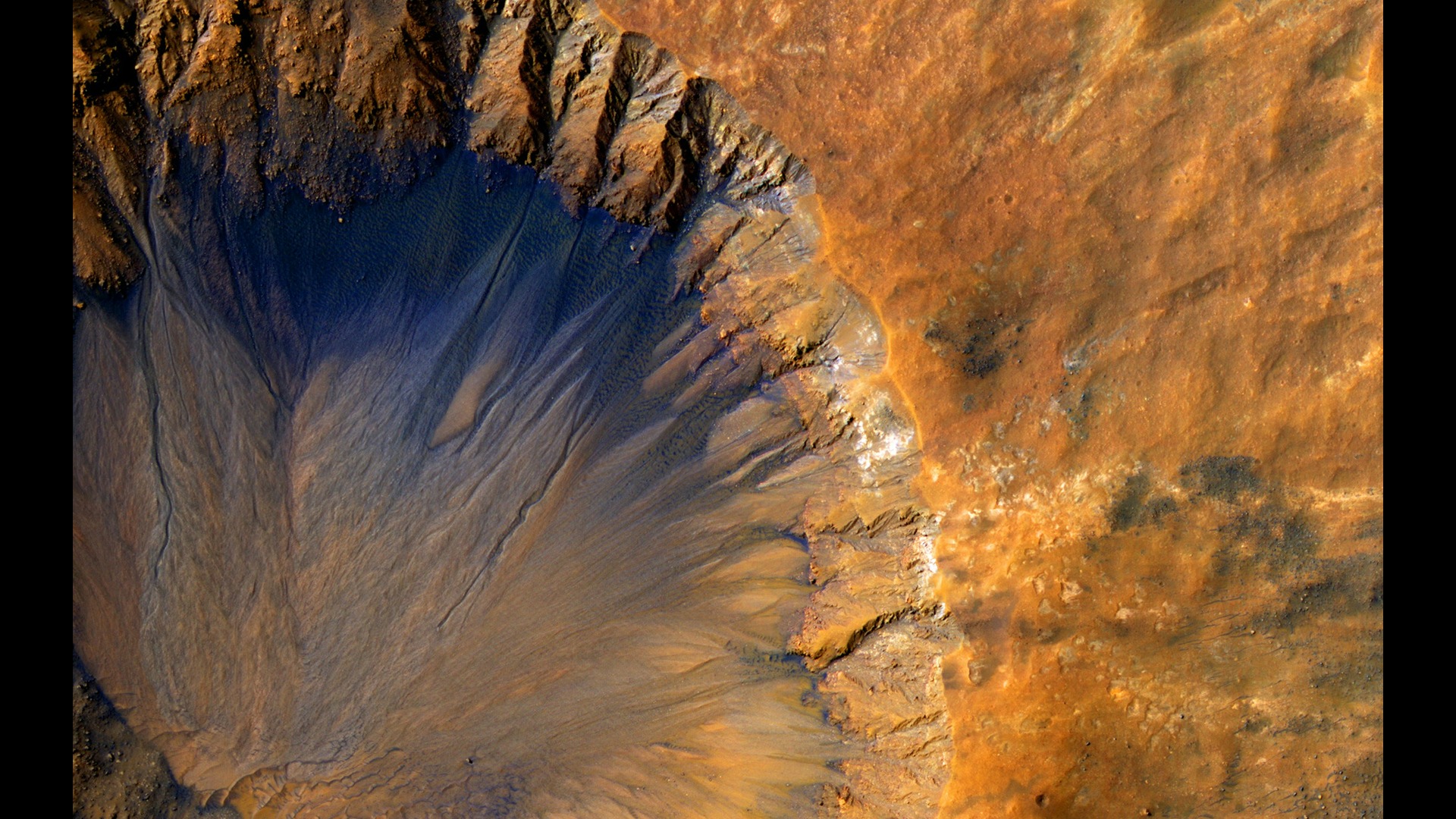
The Known Universe: What Do We Know So Far?
March 30, 2022 - Emily Newton
Revolutionized is reader-supported. When you buy through links on our site, we may earn an affiliate commission. Learn more here.
“Space is big. You just won’t believe how vastly, hugely, mind-bogglingly big it is. I mean, you may think it’s a long way down the road to the chemist’s, but that’s just peanuts to space.” – Douglas Adams, The Hitchhiker’s Guide to the Galaxy.
To the average person, the planet we call home is massive. At the equator, the earth has a circumference of 24,901 miles or 40,000 kilometers. That distance would take around 8,300 hours, which is just shy of 346 days. It seems like a mind-boggling distance. However, it’s nothing when considering how far we’d have to travel to reach the next solar system.
There is still so much that we don’t know about the universe around us. What do we know about the known universe, how big is the universe, and what are we still trying to figure out?
Close to Home: The Solar System
“Far out in the uncharted backwaters of the unfashionable end of the western spiral arm of the Galaxy lies a small unregarded yellow sun.” – Douglas Adams, The Hitchhikers Guide to the Galaxy.
The tiny corner of the universe that the human race calls home is a small yellow dot in the grand scheme of things. It’s the place we are most familiar with in the observable universe. The solar system is home to eight planets and countless smaller celestial bodies, such as asteroids, dwarf planets and other things that we have yet to discover. Let’s run through the residents of the solar system quickly.
The Sun and Inner Planets
We start at the sun, a yellow star burning for around 4.6 billion years and will likely continue to burn for another five billion before it runs out of fuel and begins to expand. Next comes the inner planets — Mercury, Venus, our home planet of Earth and Mars, which will likely become the next major human colony.
The Asteroid Belt and Outer Planets
Beyond Mars lies the asteroid belt, filled with millions of asteroids of various sizes. Past the belt is the outer planets, including Jupiter, Saturn, Uranus and Neptune. All four of these plants are massive gas giants, and two — Jupiter and Saturn — have dozens of moons each.
The Trans-Neptunian Region
Once we make our way past Neptune, we enter the Trans-Neptunian region. Pluto used to be recognized as a planet, but due to its small size, the International Astronomical Union (IAU) downgraded it to a dwarf planet in 2006. Other dwarf planets, such as Ultima Thule, orbit out beyond Neptune. Finally, at least as far as astronomers know, is the Oort Cloud, a sphere-shaped cloud surrounding the solar system made up of ice chunks leftover from the solar system’s formation.
Beyond that is the heliosphere — the very outskirts of our solar system. The heliosphere is a bubble surrounding the solar system, created by the balance between the solar winds that our sun emits and the interstellar winds beyond that boundary.
Solar system exploration might seem easy, but it still takes a lot of time and effort to reach the edges of our home system. The Voyager Probes, launched in 1977, are currently the only human-made vehicles that have exited the heliosphere and made their way into interstellar space. We’re barely touching on solar system facts here — there is so much more to learn, including things that we don’t know enough to ask about yet.
Our Interstellar Neighborhood: The Milky Way Galaxy
Our next stop in our exploration of the known universe is our interstellar neighborhood. The solar system is on the outer edge of the Milky Way Galaxy, located in one of the spiral arms that spin around a supermassive black hole at its core. That might sound like a lot to take in at once, so let’s break it down.
Our home galaxy is approximately 120,000 light-years across. It looks like a flat disc with a bulge in the center, but nothing in the universe is truly flat. It sits between two larger other galaxies, known as the Large and Small Magellanic Clouds. For thousands of years, these two galaxies have been tugging on the Milky Way, giving it a unique warped shape. It’s home to more than 200 billion stars, including ours, but we can only see about 10%.
That low number isn’t because we can’t see that far, but because most galaxies have dark matter. Dark matter is invisible to existing sensors because it doesn’t emit any light or energy. We know it’s there simply because we can see how gravity interacts with it. We know there is something there and that something makes up 90% of the galaxy. Our 90/10 ratio of dark to luminous matter isn’t the rule. Some galaxies are almost entirely composed of dark matter, while others lack the substance altogether.
The Birth and Death of a Star
Stars can burn for billions of years. Our yellow sun has been burning for more than 4.6 billion years. It will probably continue to burn for billions more before it finally runs out of fuel. Despite this incredible lifespan, these celestial bodies are not infinite. How are stars born, and how do they die?
Stars begin life as nebula, massive clouds of gas and dust filled with common elements like helium and hydrogen. Over millions of years, the cloud will start to spin, forming a center of gravity that will pull all the dust and gas toward the core of what will eventually be a star. Once the gravity and pressure get high enough, the nucleus of hydrogen and helium atoms will collapse together. This action, known as nuclear fusion, is enough to ignite the star.
Throughout the life cycle of a star, it will burn through its fuel supply — usually hydrogen. Once the fuel supply runs out, the star will begin to die. How this happens depends on the size of the star. Some, like our yellow sun, will begin to expand. It will become a red giant and will likely consume most of the inner planets. Eventually, the excess star mass will begin to blow away leaving a small white dwarf at the center of our solar system.
The known universe is filled with trillions of stars and possibly more. It depends on how large it eventually proves to be. Many of the stars you see in the sky have already lived out their life cycles and died. Their light is just now reaching Earth.
How Big is the Universe? Galaxies Growing From Emptiness
The Milky Way Galaxy is known as a spiral galaxy, but it’s just one of three different types of galaxies that make up the known universe. Astronomers classify these galaxies in three major shapes: elliptical, spiral and irregular.
Like the one we call home, Spiral galaxies often appear as flat discs with a bulge in the center. That bulge is usually a supermassive black hole that causes the galaxy to spin. Elliptical galaxies make up about ⅓ of the galaxies astronomers have observed. They’re massive — up to 300,000 light-years across — but they’re also old. They don’t contain a lot of dust and generally don’t form new stars.
Irregular galaxies don’t fall into either of those two categories. These are often the oldest galaxies we can observe, dating back before the formation of either elliptical or spiral galaxies.
The Space Between
Traveling between stars is something that is currently beyond our capabilities. Our closest interstellar neighbor is Proxima Centauri, a binary star system about 4.25 light-years from Earth. If we could travel at the speed of light, that journey would take us roughly four years and three months. With our existing space travel technology, the same trip would take approximately 6,300 years — and that’s just thinking about travel between systems inside the Milky Way.
Once we leave the galaxy behind, we enter what is known as intergalactic space. For a long time, astronomers theorized that intergalactic space was empty, just a massive black void that stretched on forever. Now we know that’s inaccurate. An intergalactic medium or IGM fills the space between galaxies, a material made of ionized hydrogen with a smattering of other heavier elements.
The Observable Universe: What Can We See?
Remember how we mentioned that space is big? We don’t know how big the universe is when it comes to brass tacks. We can make guesses or estimates. Nonetheless, our current understanding of the universe we call home is based entirely on what we can observe. What we can see is limited by the speed of light. Some scientists theorize that if the universe is infinite, then there are parts of the universe emitting light so far away that it hasn’t reached Earth yet. Even if the universe isn’t infinite and is just massive, there are still places beyond what we can observe.
It’s also entirely possible that the edge of our universe is simply the beginning of the next one. Some researchers theorize that our universe is just one of many, part of a massive and endless multiverse. The universe could also end, with anything beyond it falling away into an endless void. We don’t know the answer to so many questions — and many that we haven’t even thought to ask yet.
The Known Universe: What Don’t We Know Yet?
We don’t know so much about the known universe that we call home that we don’t even know what questions to ask. We don’t know what dark matter is, or dark energy, for that matter. We’ve theorized that they exist because of how gravity acts in their presence. We love the idea of alien life forms in science fiction but have no idea if life exists anywhere else — or if it does if we would even recognize it when we saw it.
We don’t even understand things about our biology or how the Earth works on a smaller scale. Everything we know about the core of the planet or the ocean’s depths comes from careful remote observation. We don’t even know where our moon came from with any certainty.
We’ve barely scratched the surface of our home planet — sometimes literally. There is so much to learn that we don’t even know enough to understand what we don’t know yet.
Taking a Closer Look At The Observable Universe
Space is big, but by taking a closer look at the things we do understand, we can start to make it a little bit smaller. The known universe might sound like a massive descriptor. However, it represents just a small fraction of what we know about the universe. Let’s take a closer look at the universe together.
Revolutionized is reader-supported. When you buy through links on our site, we may earn an affiliate commission. Learn more here.
Author
Emily Newton
Emily Newton is a technology and industrial journalist and the Editor in Chief of Revolutionized. She manages the sites publishing schedule, SEO optimization and content strategy. Emily enjoys writing and researching articles about how technology is changing every industry. When she isn't working, Emily enjoys playing video games or curling up with a good book.







